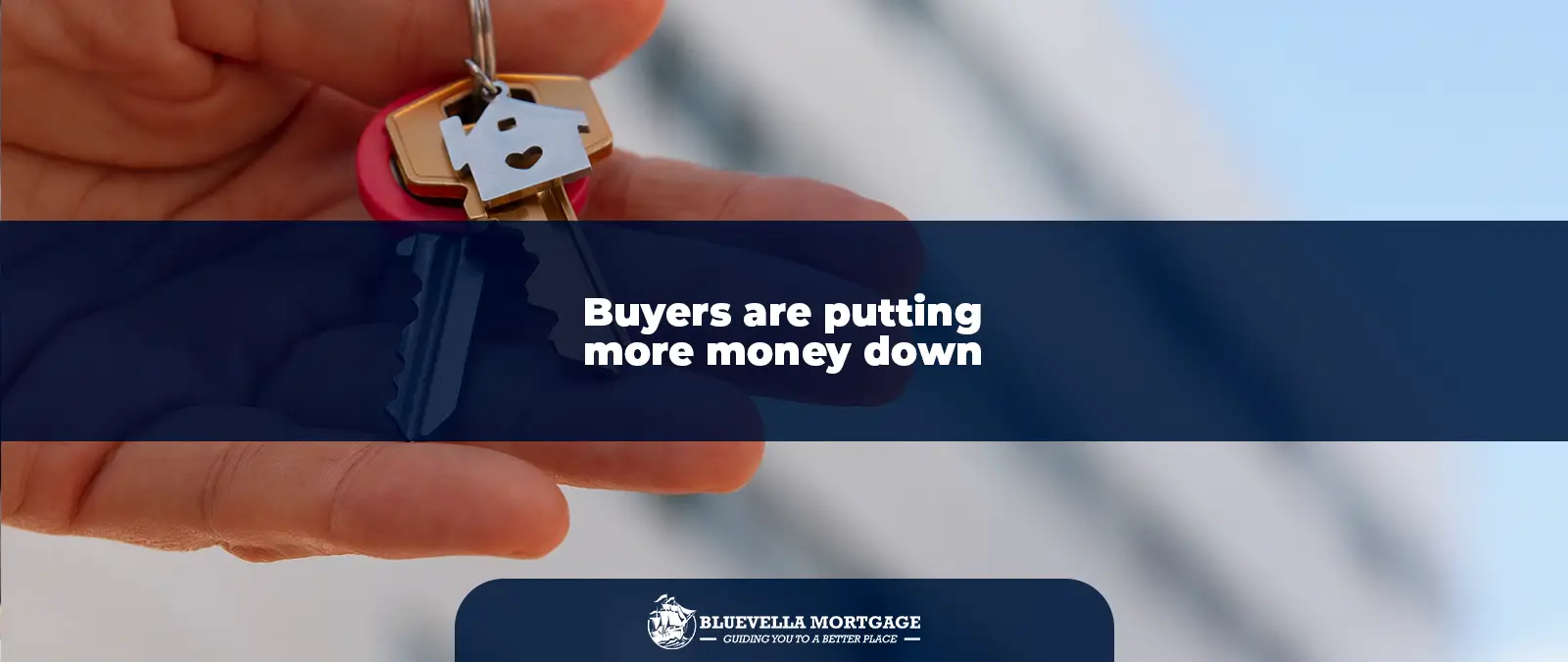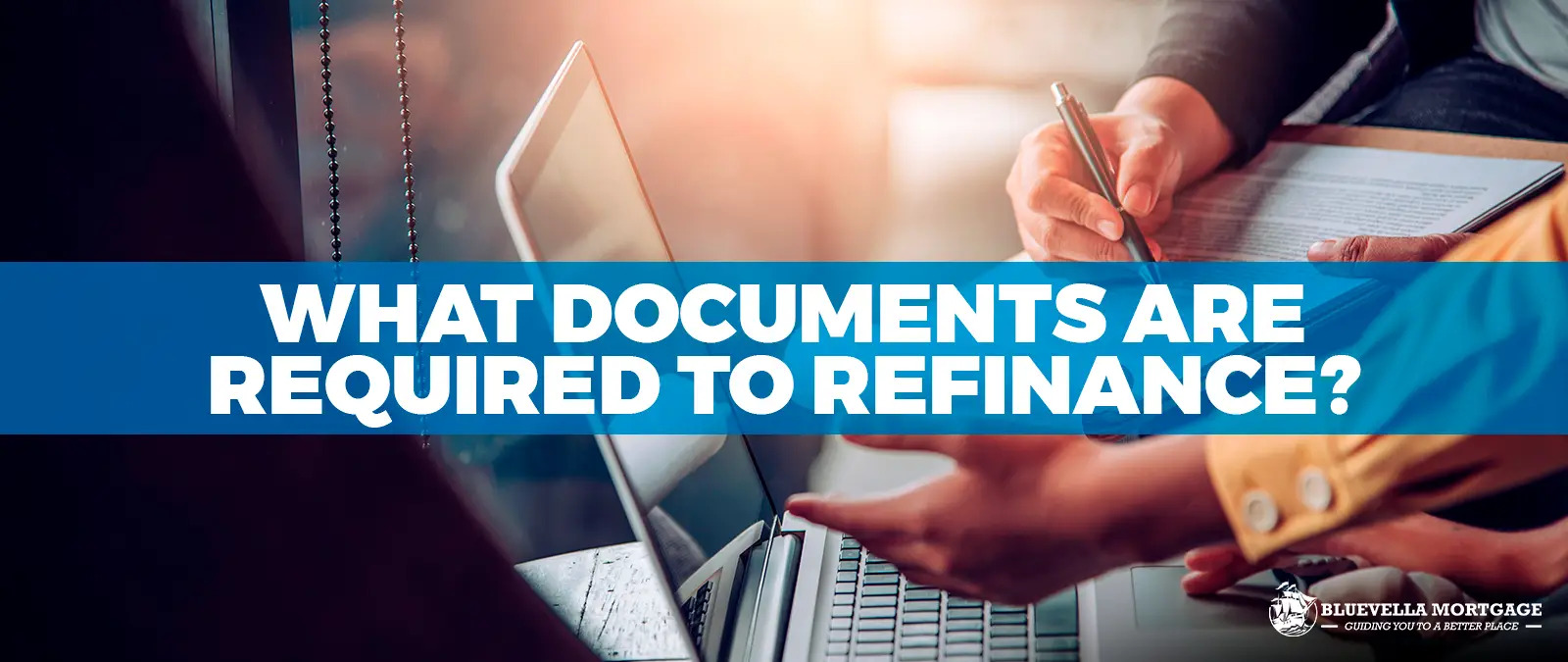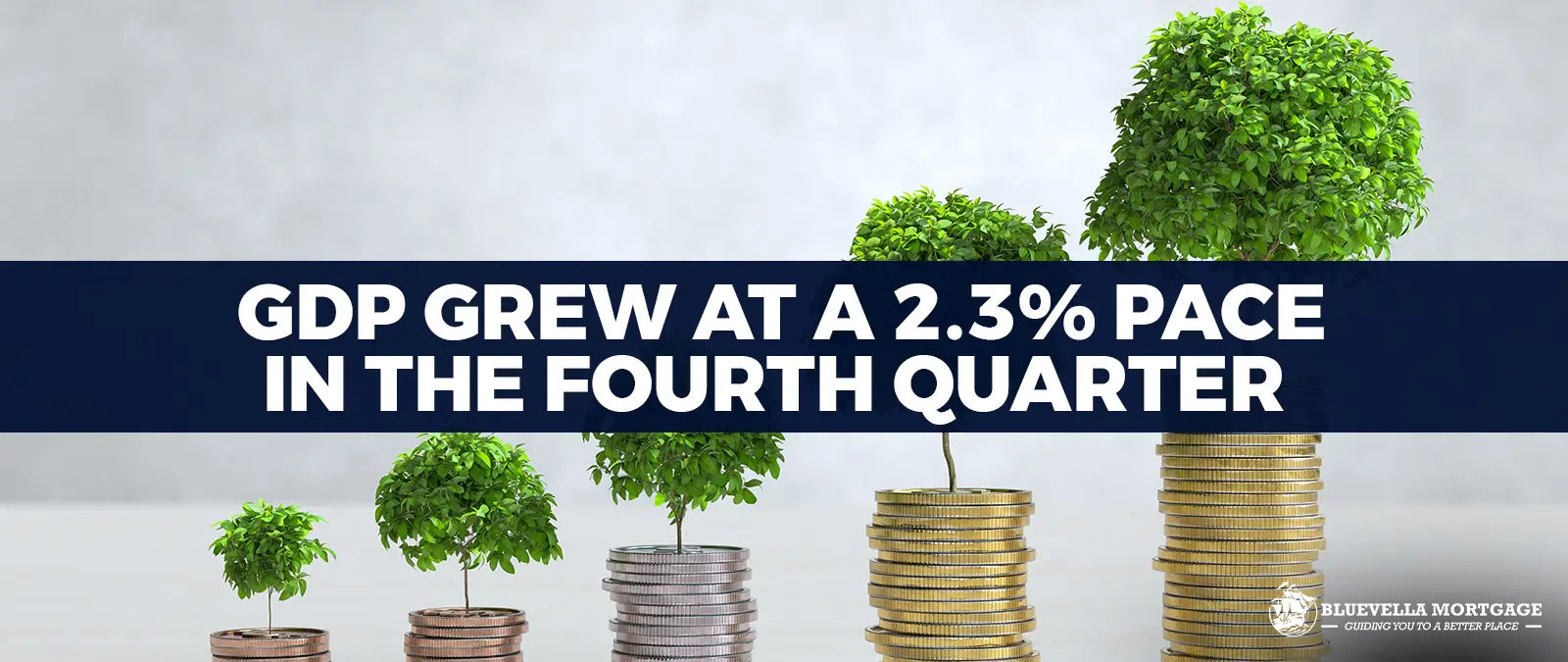Introduction to Current Housing Market Trends
The housing market has experienced significant fluctuations in recent years, influenced by a myriad of economic factors, consumer preferences, and transformative trends. As of November 2025, buyers are facing a remarkably different landscape compared to previous years. A marked shift in consumer behavior and financial dynamics is evident, particularly in terms of down payments—a crucial component of the home buying process. The increased emphasis on larger down payments reflects broader economic conditions and individual buyer strategies aimed at securing favorable mortgage terms.
Recent statistics indicate that the average down payment percentage has witnessed a surge since late 2023. This uptick can be attributed to rising home prices, with many buyers aiming to mitigate the effects of higher borrowing costs associated with current interest rates. With home values experiencing a prolonged upward trajectory, many prospective homebuyers have found themselves compelled to allocate greater amounts toward down payments to remain competitive in the market. As a result, this trend not only signifies a strategic adjustment by buyers but also showcases their commitment to achieving homeownership.
It is essential to recognize that this trend is not solely driven by economic stimuli. It also reflects a growing awareness among consumers regarding the long-term implications of mortgage financing. Many buyers are now more financially literate and are increasingly inclined to research and understand mortgage products. This newfound awareness has led to a preference for substantial down payments, as buyers seek to reduce their overall loan amount and, consequently, avoid private mortgage insurance (PMI) costs.
Understanding these shifts in the housing market is crucial for anyone aiming to navigate the complexities of home buying. The current environment, characterized by increased down payments and evolving buyer strategies, poses both challenges and opportunities that will shape the real estate landscape in the coming months.
The Rise in Down Payments: Analyzing the Numbers
In November 2025, the trend of increased down payments among home buyers became increasingly prominent, reflecting a significant shift in the housing market. During this period, data revealed that the average down payment had risen to an unprecedented level, highlighting an evolving landscape in home financing strategies and buyer behavior. Historical comparisons indicate this surge represents a notable escalation compared to prior months and years.
Statistical analysis shows that the average down payment in November 2025 reached approximately 20% of the purchase price, a marked increase from earlier months. For instance, in the same quarter of the previous year, the average down payment stood at around 15%. This upward trajectory is not just a localized phenomenon; it is evident across various regions, suggesting a nationwide trend within the housing market.
Several factors likely contribute to this increase in down payments. Economic stability, rising home prices, and a competitive mortgage environment may incentivize buyers to commit more substantial amounts upfront. Furthermore, homeowners’ awareness of the long-term benefits of larger down payments, such as lower monthly mortgage payments and reduced interest rates, has possibly influenced this behavioral shift.
Additionally, demographic factors play a role in this increase, with younger buyers exhibiting a stronger propensity to save for larger down payments as they enter the real estate market. As these buyers prioritize financial security and equity buildup, the impact on average down payment statistics is evident. Overall, this trend underlines a significant shift in home buying strategies, indicating that potential buyers are more willing to invest a significant portion of their savings in securing their property.
Factors Driving Increased Down Payments
The trend of increased down payments in the home buying market has evolved due to a confluence of economic and social factors. One pivotal factor is the shift in financial policies, especially in the wake of economic policies introduced in recent years. Financial institutions have recalibrated their lending practices, often favoring borrowers with higher down payments. This change is largely a response to the fluctuating nature of the housing market and rising interest rates, compelling prospective buyers to secure a larger portion of their home’s price upfront.
Moreover, economic stability plays a crucial role in shaping buyer behavior. When the economy demonstrates consistent growth and low unemployment rates, consumer confidence typically rises. With a stronger economic outlook, home buyers feel more inclined to invest larger sums into down payments, thereby reducing their overall mortgage burden. Coupled with this economic growth, the job market remains competitive, often leading potential home buyers to seek properties that require substantial investment. This includes the desire for larger homes or those located in desirable neighborhoods, which naturally come with a higher price tag.
Market competition has also intensified, particularly in sought-after regions. As demand for homes escalates, buyers are increasingly making higher down payments to strengthen their offers in a competitive landscape. This dynamic has led to a bidding war mentality in many markets, where buyers believe that larger down payments can serve as an advantage in securing a property. Furthermore, this trend has been exacerbated by a surge in real estate investments from those looking to capitalize on market conditions.
In summary, these factors collectively illuminate the current rise in down payments, revealing a complex interplay between financial policy, economic stability, and market competition. Each of these elements significantly influences the decisions of prospective homebuyers, shaping the landscape of home purchasing in November 2025.
Impact of Increased Down Payments on Buyers
The trend of increased down payments observed in November 2025 signifies a notable shift in the home buying landscape. Buyers are increasingly required to provide higher initial investments, which has substantial implications for various aspects of the purchasing process. One primary effect is on mortgage rates; generally, larger down payments decrease the overall loan-to-value (LTV) ratio. A lower LTV can lead to more favorable mortgage rates, potentially reducing the monthly financial burden on buyers over the life of the loan. Consequently, this could enable potential homeowners to access more affordable financing options.
Moreover, an increased down payment can facilitate a smoother loan approval process. Lenders often perceive buyers with larger down payments as less risky, since they have a greater financial stake in the property. This can result in quicker approvals and possibly more negotiating power for buyers when it comes to interest rates or other terms. Furthermore, buyers who can afford higher down payments might find themselves in a more competitive position in a market characterized by multiple offers, as sellers often favor buyers who demonstrate financial solidity.
However, there are also challenges associated with this trend. While saving for a more substantial down payment can show commitment, it may divert funds from other essential areas, such as emergency savings or retirement accounts. Consequently, buyers might find their financial flexibility constricted in the long term. Additionally, securing a higher down payment can delay the home buying process; potential buyers may have to postpone their purchase until they accumulate the necessary funds, which could lead to missed opportunities in a rapidly changing housing market.
Overall, the impact of increased down payments is multifaceted, presenting both benefits and challenges that prospective buyers must carefully navigate in their journey to homeownership.
Market Reactions: How Sellers and Real Estate Agents Are Responding
The trend of increased down payments among buyers has prompted significant reactions from sellers and real estate agents. As potential homeowners are opting to make larger initial investments in their new properties, sellers are recalibrating their strategies to attract these motivated buyers. One of the most notable shifts has been in pricing strategies. With an uptick in down payments, sellers may adjust their price points, recognizing that buyers prepared to commit larger sums are often seeking properties that reflect that financial capability. As a result, homes that are well-maintained or located in desirable neighborhoods may see an escalation in listing prices, capitalizing on the buyers’ willingness to invest more upfront.
Moreover, real estate agents are adapting their negotiation tactics to align with this evolving market. An increased focus on down payments necessitates a more nuanced understanding of financial trends among buyers. Agents are beginning to prioritize comprehensive market analyses, ensuring that they are well-informed about local market conditions and the prevalent trends in home financing. This insight enables them to guide sellers effectively in setting competitive prices while still maximizing potential profit margins.
Additionally, sellers are becoming more amenable to negotiating terms that favor buyers offering higher down payments. For instance, they may be more inclined to agree to favorable closing terms or repairs before the sale closes, thus enhancing the appeal of their property without sacrificing price. As the landscape of home buying continues to evolve, both sellers and real estate agents must remain agile, adapting their approaches to leverage the increased trend in down payments. This level of adaptability not only reflects their understanding of current market dynamics but also positions them to meet the demands and expectations of potential buyers more effectively.
Comparing Down Payment Trends Across Regions
In the realm of real estate, the variation in down payment trends across different regions of the country has become increasingly pronounced. As we analyze the data from November 2025, it is evident that metropolitan areas and rural regions exhibit distinct characteristics in their approaches to down payments. In urban centers, where housing prices tend to be significantly higher, potential homebuyers are often compelled to provide larger down payments. This trend can be attributed to the competitive nature of the housing market in cities, where multiple offers on properties are common. Consequently, buyers are faced with the necessity of making substantial initial investments to secure their desired homes.
Conversely, rural regions display a different pattern. The average down payment in these areas tends to be lower due to a more affordable housing market. Homebuyers in rural locales may find that properties are more accessible, allowing them to make smaller down payments without sacrificing their opportunities in home ownership. This accessibility can encourage a more diverse demographic to enter the market, including first-time buyers who might otherwise be deterred by the elevated costs associated with metropolitan living.
Moreover, regional economic conditions play a crucial role in shaping these trends. For example, areas experiencing economic growth may see increased incomes, allowing buyers the capacity to provide higher down payments regardless of the property location. Additionally, differing state and local policies related to minimum down payments and assistance programs further influence the landscape. Therefore, understanding these regional disparities not only highlights the unique challenges faced by homebuyers but also underscores the necessity for tailored policies that address the diverse needs within the housing market.
Overall, examining the down payment trends across various regions reveals significant insights into the home buying process, reflecting broader economic and demographic shifts that shape the current real estate environment.
Advice for First-Time Homebuyers in Today’s Market
For first-time homebuyers navigating the complexities of the current real estate market, particularly with the trend of increased down payments, strategic planning is essential. The overarching advice for aspiring homeowners begins with establishing a comprehensive budget that accommodates not only the down payment but also additional expenses associated with purchasing a home. This includes closing costs, home inspections, and potential renovations. Conducting a thorough assessment of income, expenses, and any existing debts will create a realistic financial roadmap.
Next, building a robust savings plan is fundamental. With larger down payments becoming more common, it is prudent to save consistently toward the goal of homeownership. A high-yield savings account or a dedicated savings program can help first-time buyers accumulate funds more effectively. It is advisable to aim for a down payment of at least 20% of the home’s price to avoid private mortgage insurance (PMI) and lower overall borrowing costs. However, this might not be feasible for everyone; thus, exploring low down payment options or grants designed for first-time homebuyers can prove advantageous.
Furthermore, potential buyers should research financing options thoroughly. Understanding the different types of mortgages and their requirements can prevent future complications. Consulting with several lenders provides insights into interest rates and loan terms, allowing homebuyers to select the most favorable conditions. Additionally, maintaining a good credit score is crucial as it directly influences the loan terms available; therefore, first-time buyers should focus on managing debts responsibly while ensuring timely bill payments.
Finally, homebuyers should consider working with a knowledgeable real estate agent. These professionals can offer valuable insights into market trends and assist in negotiations, ensuring that first-time buyers are well-informed and prepared throughout the purchasing process.
The Role of Government Policies in Down Payment Trends
Government policies and initiatives play an essential role in shaping the housing market, particularly concerning down payment trends among buyers. Various programs, grants, and incentives specifically designed for first-time homebuyers have emerged to address the challenges associated with making significant upfront costs. In many regions, these policies aim to reduce the financial burden and facilitate access to homeownership.
One prominent program is the Federal Housing Administration (FHA) loan, which offers lower down payment requirements compared to traditional loans. FHA loans typically allow down payments as low as 3.5% for those with a credit score of 580 or higher. This accessibility enables a broader range of potential homeowners to enter the market, especially beneficial in times when home prices are rising. Furthermore, some states and local governments provide down payment assistance programs that may include forgivable loans or grants to help first-time buyers cover initial costs.
Additionally, various income-based initiatives have gained traction in recent years. For example, the HomeReady and Home Possible programs instituted by Fannie Mae and Freddie Mac offer advantageous terms for low-to-moderate-income borrowers. These programs not only provide lower down payment options but also consider rental history, reducing barriers that traditionally affect low-income buyers trying to qualify for loans.
Moreover, government-backed loan options often come with more lenient credit score requirements, which can be especially beneficial during economic downturns when many individuals’ financial situations are strained. By fostering more inclusive access to financing, such initiatives can increase home buying participation, thereby supporting overall economic growth. As government policies evolve, monitoring their influence on down payment trends can provide valuable insights into the changing landscape of the housing market.
Future Predictions: What to Expect in the Coming Months
As we transition into 2026, the housing market is anticipated to experience notable shifts that will influence both buyers and sellers. One of the most significant trends emerging is the expectation of increased down payments from homebuyers. With various economic factors at play, including fluctuating interest rates and evolving lending standards, potential buyers may find themselves needing to save more upfront to secure favorable mortgage terms.
The ongoing inflationary pressures alongside a competitive market are likely to push home prices higher, necessitating larger down payments. Buyers might also encounter stricter qualification criteria from lenders, prompting a strategic shift in how they approach financing their homes. This trend could result in a greater emphasis on financial preparedness, where buyers are encouraged to save a more substantial amount for their down payments before entering the market.
In addition, millennials and Generation Z are gradually becoming more prominent players in the housing sector. As they navigate homeownership, it is essential to note that their financial outlooks and aspirations differ from previous generations. These younger buyers may prioritize affordability over size and location, which could drive demand for smaller, more sustainable homes. Consequently, builders and developers may respond by focusing on properties that align with these evolving consumer preferences.
Sellers, too, must adapt to the changing landscape. With the anticipated increase in down payments, they may need to be more flexible in negotiations to attract potential buyers who could face higher financial barriers. Those looking to sell in the coming months should prepare for a market where strategic pricing and unique property features are paramount. By keeping a close eye on these emerging patterns, both buyers and sellers can better position themselves for success in an evolving housing market.
Follow us:
Know more about Bluevella Mortgage.




